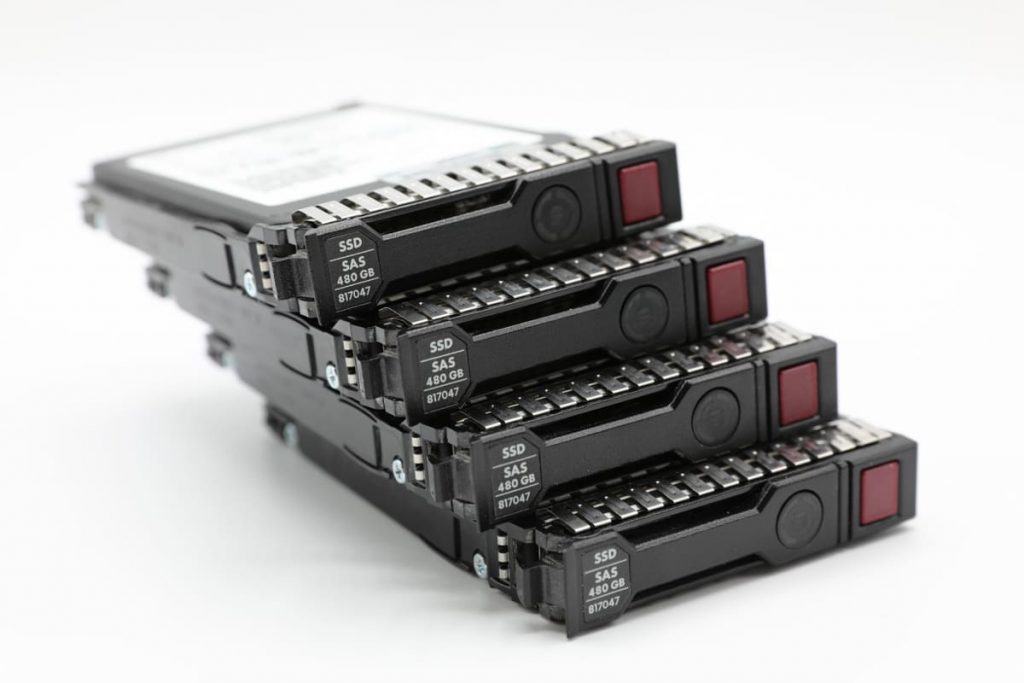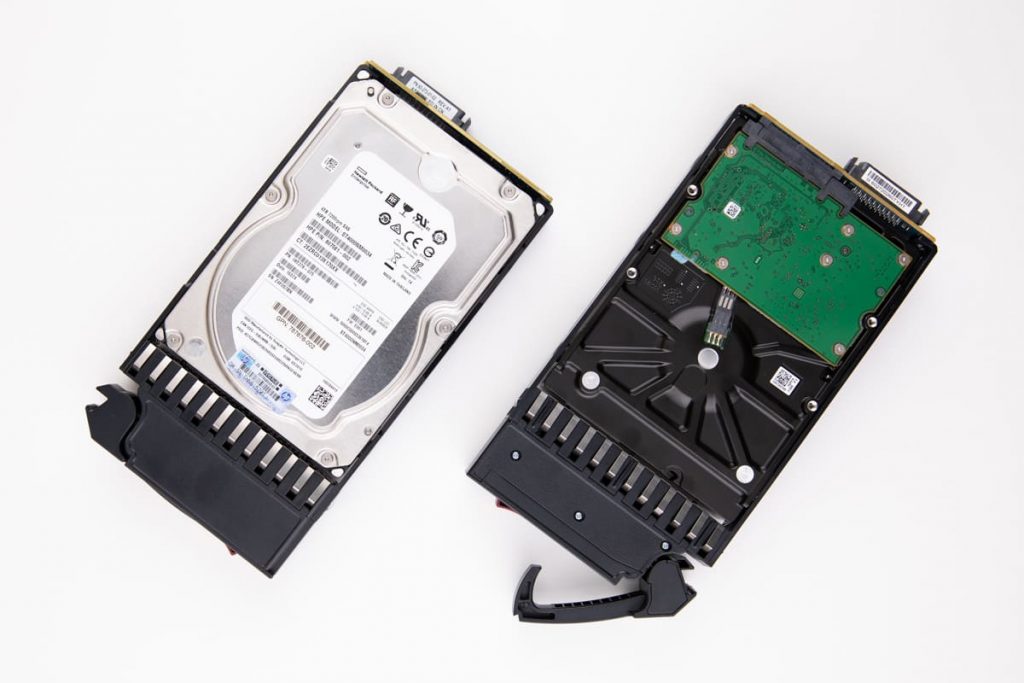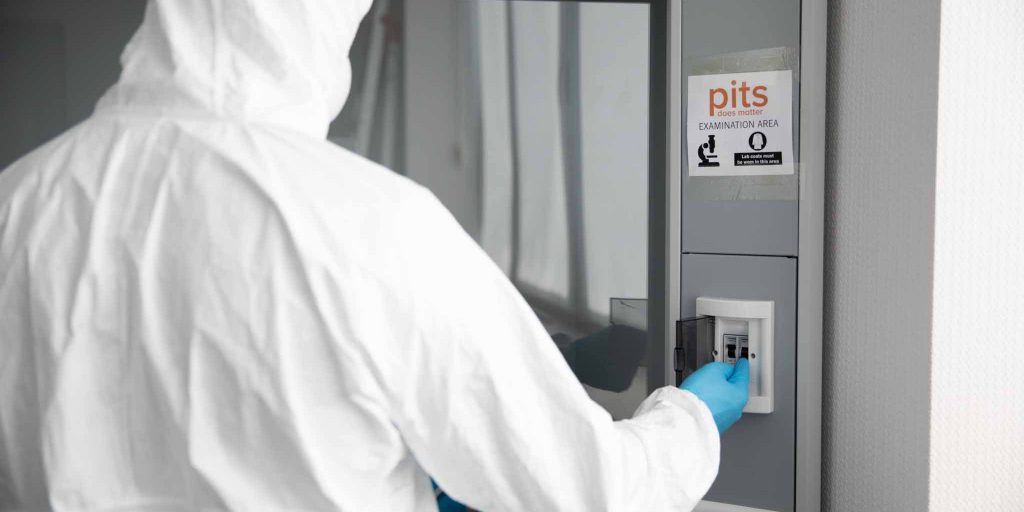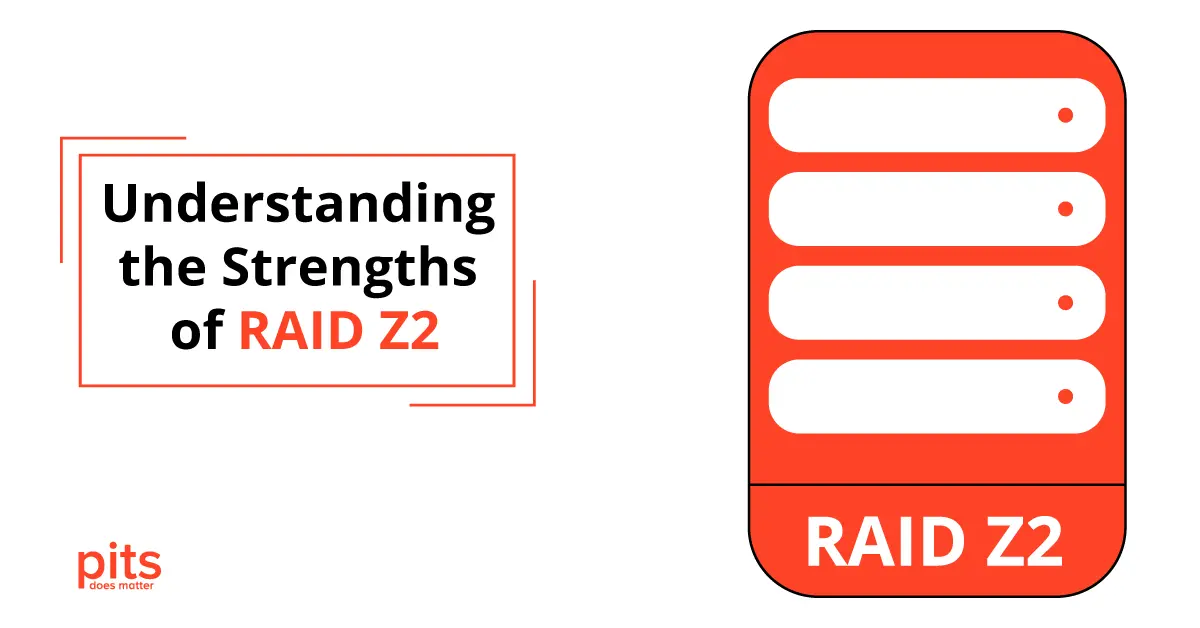RAID Z2, a software RAID option, plays a pivotal role in the ZFS (Zettabyte File System), renowned for its extensive storage capacity and advanced capabilities. This particular RAID level employs a dual parity system, ensuring data integrity even during two drive failures. Consequently, RAID Z2 is a resilient and dependable choice for data-intensive tasks prioritizing information integrity.
What is RAID Z2
RAID Z2 is a comprehensive software RAID configuration that plays a crucial role in ZFS. It offers many advantages, including drive fault tolerance, data redundancy, exceptional read and write performance, and high data storage capacity. With its dual-parity feature, RAID Z2 ensures data integrity despite two simultaneous drive failures, making it an optimal choice for enterprises managing extensive volumes of critical information.
Advantages of RAID Z2
Despite the potential failures, RAID Z2 offers several advantages that make it a popular choice for storing critical data. Some of these advantages include:
- Enhanced data protection is achieved through dual parity in RAID Z2, mitigating the risk of data loss caused by drive failures. It makes a reliable option for businesses and organizations dealing with large amounts of critical data.
- Flexibility and scalability: RAID Z2 can be configured with different types and sizes of drives, providing flexibility in terms of storage capacity. The ZFS file system also allows for easy expansion, making RAID Z2 a scalable solution for future data growth.
Improved performance: - Compared to traditional RAID levels, RAID Z2 offers improved read and write speeds due to its intelligent data distribution system. It makes it suitable for high-performance applications requiring fast access to extensive data.
RAID Z2 Common Failures
While RAID Z2 is a robust and reliable system, it is not completely immune to failures. You might encounter some common issues, such as:
- Drive failures: RAID Z2, a data storage technology, is engineered to tolerate two simultaneous drive failures. Recognizing that a third failure occurs before the recovery process is complete is crucial. It can result in unfortunate data loss. Hence, it is essential to ensure prompt recovery and replacement of failed drives to uphold the integrity and dependability of the storage system.
- Corrupted Data: While the ZFS file system incorporates robust built-in checksums to detect data corruption, severe issues may still lead to data loss in rare instances. These issues could encompass hardware failures, power outages, or software bugs that bypass the checksum mechanism. Therefore, it is crucial to maintain regular backups and implement appropriate redundancy measures to minimize the risk of data loss in such scenarios.

- Hardware compatibility: It is important to note that not all hardware is compatible with ZFS and RAID Z2. Using incorrect or incompatible hardware can result in system instability or even data loss, which can be a significant concern.
- Human error: In addition to technical considerations, it is important to address the role of human factors in data loss within RAID Z2. Accidental file deletions or incorrect drive formatting can occur due to oversight, lack of knowledge, or momentary lapses in attention. These unexpected actions can have serious consequences, leading to the loss of valuable data stored within the RAID array.
Although RAID Z2 greatly improves fault tolerance, users must be aware of the potential vulnerabilities related to simultaneous drive failures and the rebuild process. Additionally, take proactive measures to mitigate broader hardware-related risks.
Difference Between RAID Z vs RAID Z2
When comparing RAID Z and RAID Z2, the primary distinction lies in the level of data protection they provide. RAID Z, called single-parity RAID, offers a cost-effective solution requiring fewer parity disks. This makes it suitable for environments where balancing storage capacity and budget is paramount.
However, it is important to note that RAID Z has limited fault tolerance, thereby increasing the vulnerability to data loss in the event of two simultaneous disk failures. This aspect becomes particularly precarious in larger storage arrays.
RAID Z vs Z2 are variations of the ZFS file system’s RAID implementations, offering different levels of data protection. Understanding their strengths and weaknesses is important for selecting the most appropriate solution for specific storage needs. Despite their similar names, RAID-Z vs RAID-Z2 offers distinct levels of data protection.

- Fault Tolerance: RAID Z configuration can tolerate the failure of one hard drive without losing data. However, all data will be lost if a second drive fails before the first one is replaced and unsynchronized.
- Storage Efficiency: RAID Z is more storage-efficient as it only requires one drive’s capacity for parity information. In contrast, RAID Z2 requires two drives’ worth of capacity for the extra level of redundancy.
3. Performance: RAID Z offers slightly better write performance than RAID Z2 because it has to calculate and write less parity data. However, the difference is often negligible in everyday use.
RAID Z2 provides double-parity protection, offering enhanced data security. It excels in withstanding the failure of two drives simultaneously, providing an additional layer of fault tolerance.
This feature is advantageous in larger arrays with a higher risk of concurrent drive failures. Although RAID Z2 requires more disks than RAID Z, it balances cost and reliability. This makes it a preferred choice for scenarios where data integrity is paramount. Ultimately, the decision between RAID Z1 and Z2 depends on specific storage requirements, budget considerations, and the criticality of data within a given environment.
Comparing RAID Z2 and RAID Z3
RAID Z3 introduces an additional variant of the RAID implementation in the ZFS file system, providing the highest level of data protection. It offers triple-parity safeguarding, allowing it to withstand up to three simultaneous drive failures without compromising data. It makes it the most resilient option among the three.
- Differences in data protection levels: The key distinction between RAID Z2 and Z3 lies in their data protection levels. RAID Z2 can endure the failure of two drives simultaneously, while RAID Z3 takes it a step further by allowing for the failure of up to three drives without compromising data integrity. It makes RAID Z3 a more resilient option for applications where the risk of concurrent drive failures is a significant concern.
- Performance considerations between RAID Z2 vs Z3: While RAID Z3 offers enhanced data protection, it has some performance considerations. The additional parity calculations required for triple parity can introduce a slight overhead, potentially impacting read and write speeds compared to RAID Z2. Organizations must carefully evaluate their performance requirements and assess whether the heightened fault tolerance of RAID Z3 justifies any potential trade-offs in speed.
We highly recommend RAID Z3 for critical and large-scale storage environments, especially those prone to multiple drive failures. Regarding performance, RAID Z3 exhibits slightly lower write speeds than RAID Z and RAID Z2 due to the increased number of calculations and write operations involved in managing parity data.
PITS Global Data Recovery for RAID Z2 Data Failure
In the unfortunate RAID Z2 data failure event, we strongly advise against attempting recovery processes independently due to their complexity and associated risks. Instead of risking permanent loss of valuable data through mishandling, we recommend promptly seeking professional assistance. Professional experts can effectively safeguard and recover critical data.
PITS Global specializes in RAID Z2 data recovery. Our team of experts possesses advanced knowledge and utilizes state-of-the-art tools to address a wide range of RAID Z2 failures effectively. Whether your data loss is small or large scale, we are dedicated to delivering swift, reliable, and comprehensive data recovery solutions.

We understand the complexity of RAID Z2 systems and the potential risks associated with data loss. Our fully equipped team of experts can address any situation, whether mechanical damage, electrical disturbances, or natural disasters.
Instead of attempting to recover the data yourself, which could lead to further damage, trust our professionals at PITS Global. We offer a comprehensive RAID Z2 data recovery service that ensures the highest likelihood of data recovery. With our commitment to customer satisfaction and data safety, you can rest assured your data is in capable hands.
Frequently Asked Questions
What is ZFS RAIDZ2?
ZFS RAIDZ2 is a specific RAID level in the ZFS file system, enhancing data protection and fault tolerance in storage arrays. With a double-parity scheme, this variety ensures data integrity by seamlessly tolerating up to two drive failures. Even if two drives fail simultaneously, the RAIDZ2 array can reconstruct lost data using the parity information on the remaining drives. ZFS, developed by Sun Microsystems and widely used in various operating systems, offers advanced data management, integrity, and scalability features, including RAIDZ2.
What is the difference between features? Z2 and Z3?
RAID Z2 and RAID Z3 differ in their level of parity protection. RAID Z2 offers double-parity protection, allowing for the failure of up to two drives simultaneously. In contrast, RAID Z3 provides triple-parity protection, capable of concurrently withstanding the loss of up to three drives. RAID Z3 offers higher fault tolerance, providing an additional layer of data protection compared to RAID Z2. The choice between RAID Z2 and RAID Z3 depends on specific storage requirements, balancing fault tolerance with considerations such as budget and performance.
What is the recommended number of drives for RaidZ2 configuration?
The number of drives needed for a RAIDZ2 setup depends on the desired storage capacity and fault tolerance. RAIDZ2, a double-parity RAID config, can handle up to two drive failures without data loss. Add two to the selected data drives to calculate the minimum drives needed. For example, a 4TB RAIDZ2 array requires a minimum of six drives.
What are the advantages of selecting RAID Z2 or RAID Z3?
The choice between RAID Z2 and RAID Z3 depends on the specific requirements of the storage environment. RAID Z2 is a balanced choice for scenarios where cost considerations, moderate fault tolerance, and good performance are essential. RAID Z3, with its triple-parity protection, is ideal for environments where the highest level of data integrity is critical and the cost of additional drives is justifiable.
